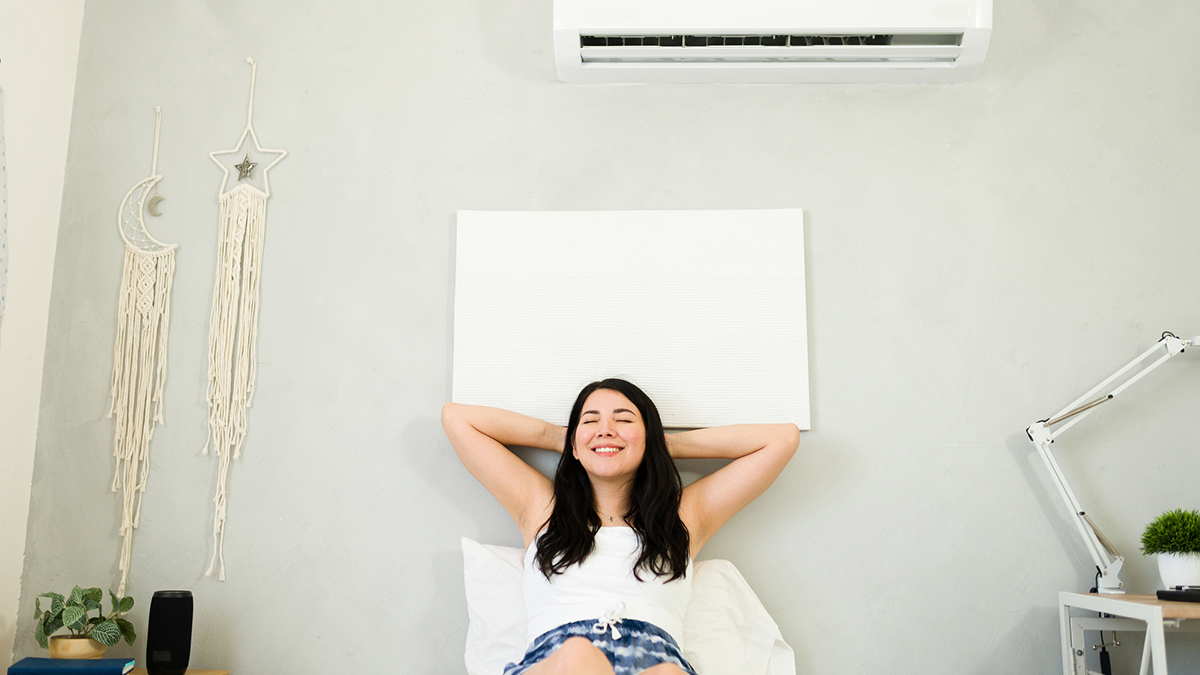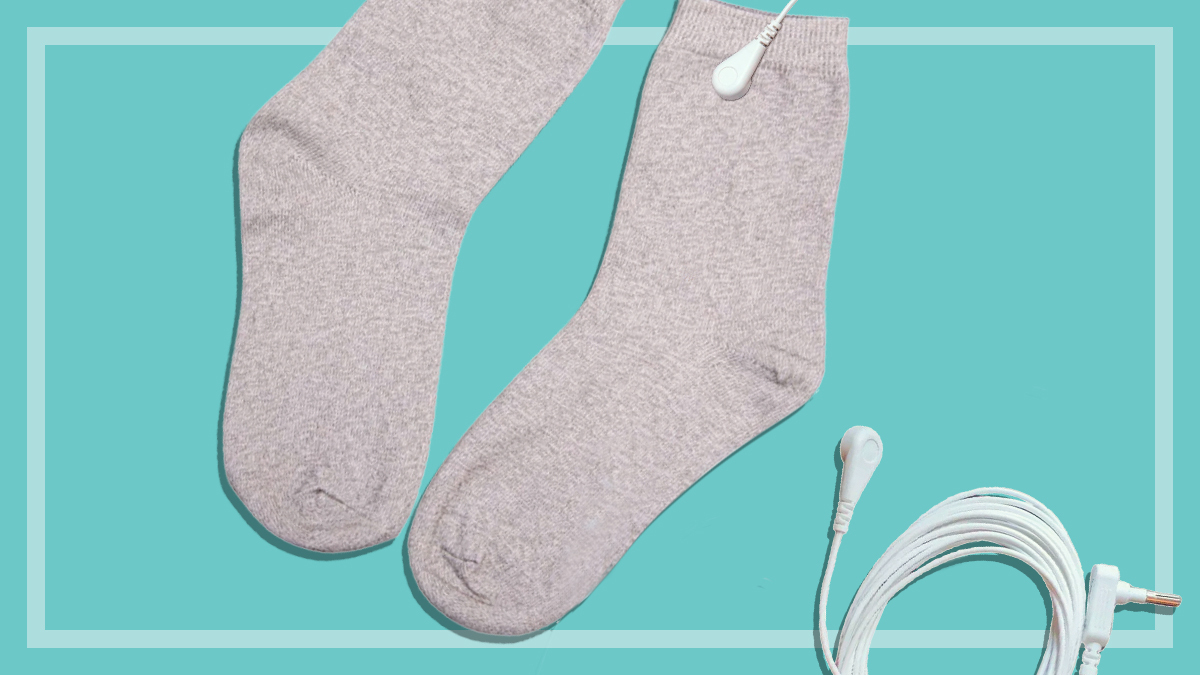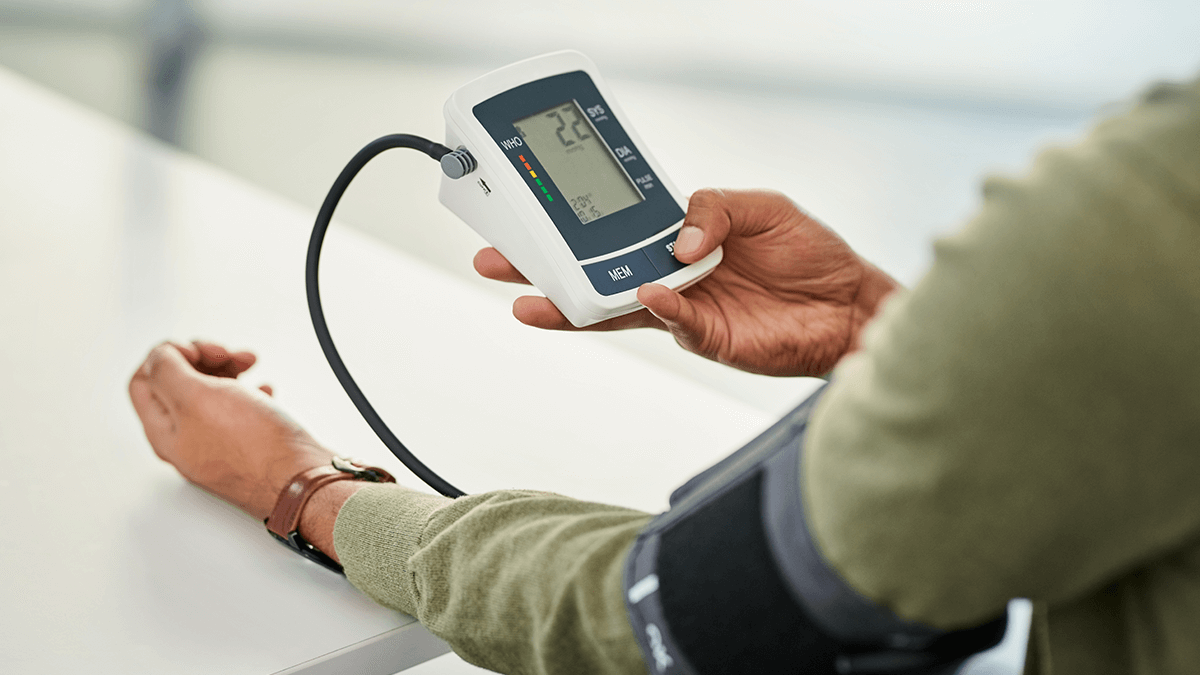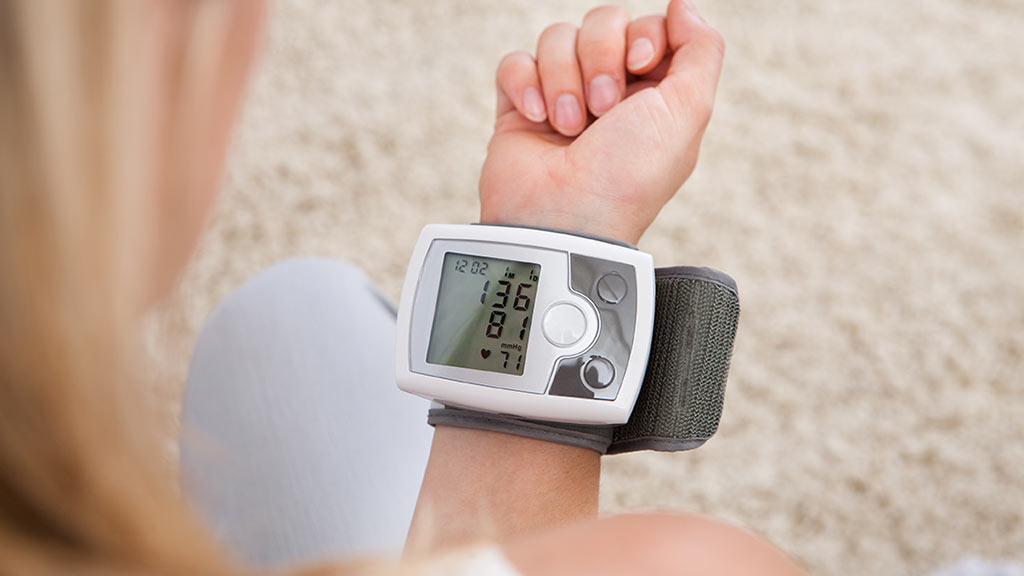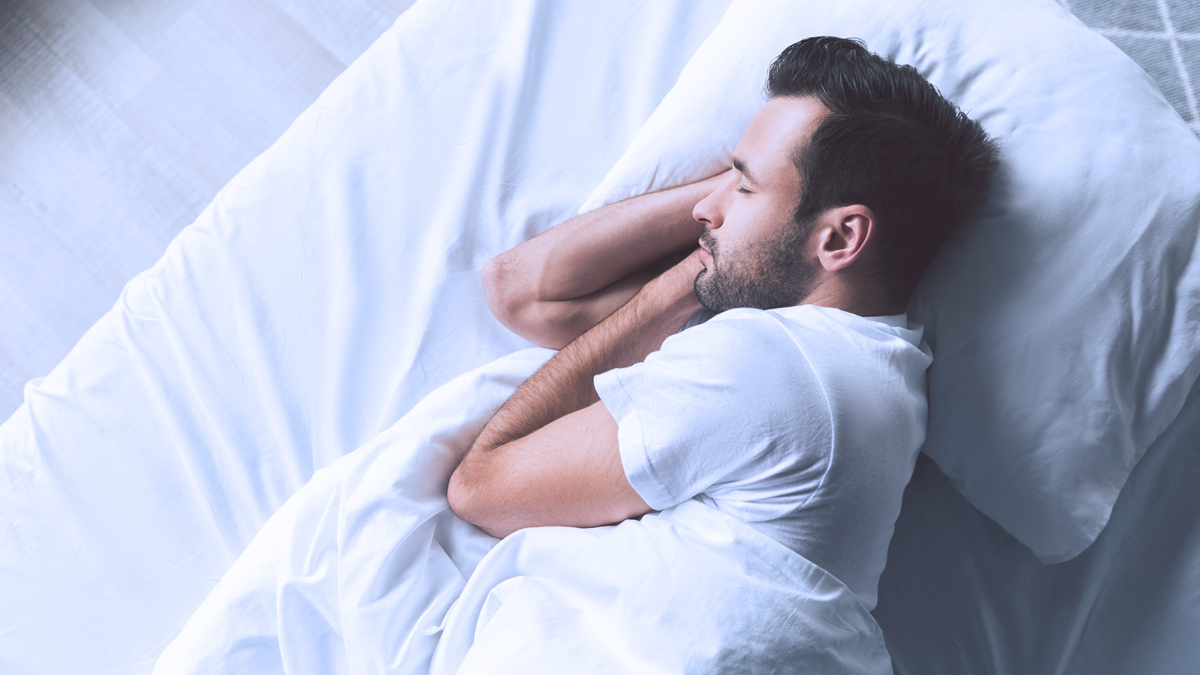Get our independent lab tests, expert reviews and honest advice.
How to stop snoring
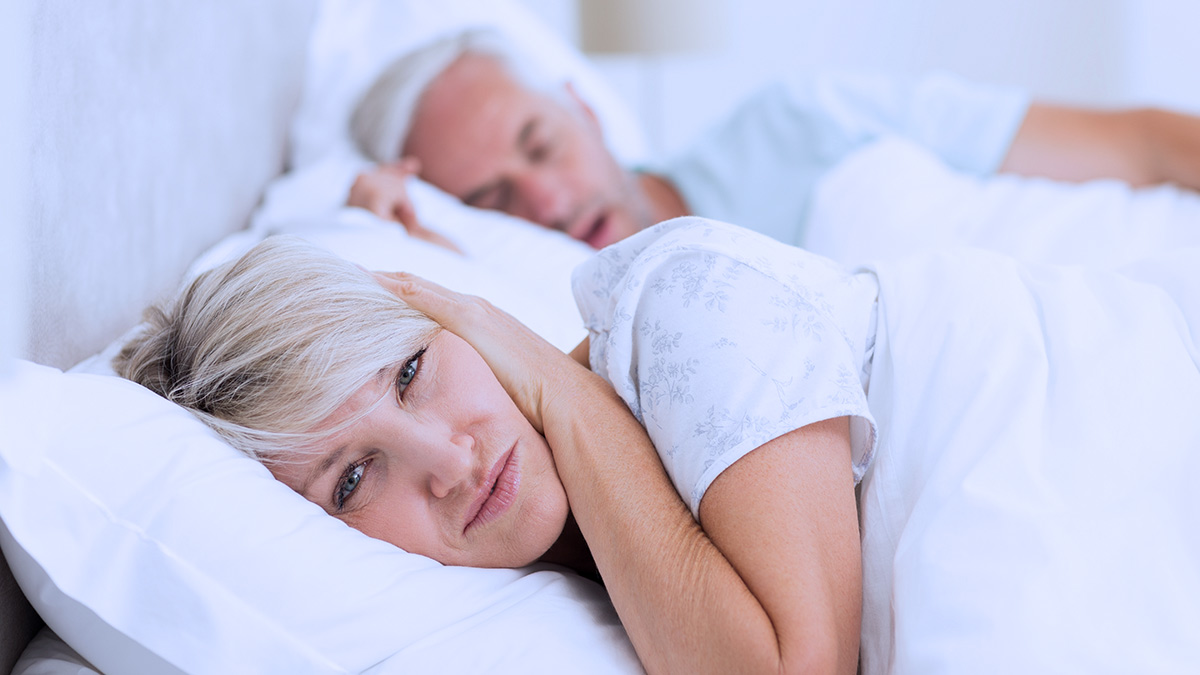
Night after night of disturbed sleep due to loud snoring is extremely trying on your health and your relationship. So, it’s little wonder that there is a plethora of products and treatments on offer that claim to be able to help you stop snoring. But, while some treatments are backed by evidence, others may be a waste of your hard-earned cash.
On this page:
- What causes snoring?
- What causes snoring in women?
- What causes snoring in men?
- Snoring vs sleep apnoea
- Snoring treatments
- Children who snore
We help you understand what causes snoring and outline the different treatments available, including lifestyle changes, dental appliances, continuous positive airway pressure (CPAP) machines, apps, gadgets and even surgery. Plus, we tell you which ones could work for you and which ones will leave your wallet (and your bedmate) yawning.
What causes snoring?
Snoring happens when a collapse, blockage or restriction to the upper airway obstructs the flow of air through the back of the mouth or nose. The sound is created by the vibration of the soft tissues at the back of the throat.
Obesity
A common cause of snoring is obesity – overweight people have extra bulk around the neck that can restrict their airways. There’s also experimental evidence that abdominal fat pushes the chest up towards the upper airway, which causes it to lose its tension, becoming floppy.
Sleep apnoea
Snoring is one of the main symptoms of sleep apnoea, where airways are obstructed during sleep until the person wakes up – often gasping for air. Sleep apnoea is more common among overweight people.
Certain drugs
Drugs such as alcohol, muscle relaxants and sleeping tablets can also cause snoring by making the tongue and muscles in the throat relax, go floppy and vibrate. Smokers are also more likely to snore than non-smokers.
Nasal congestion and late eating
Nasal congestion from a cold or allergies can cause snoring, as can eating too much at night (though when this is the cause the snoring would be temporary).
Anatomical factors
Anatomical problems that cause snoring can include a bent septum (the wall that separates the nostrils) or nasal polyps. If your tongue, uvula (the dangly thing at the back of your mouth), tonsils or adenoids are enlarged it can also increase the likelihood that you will snore.
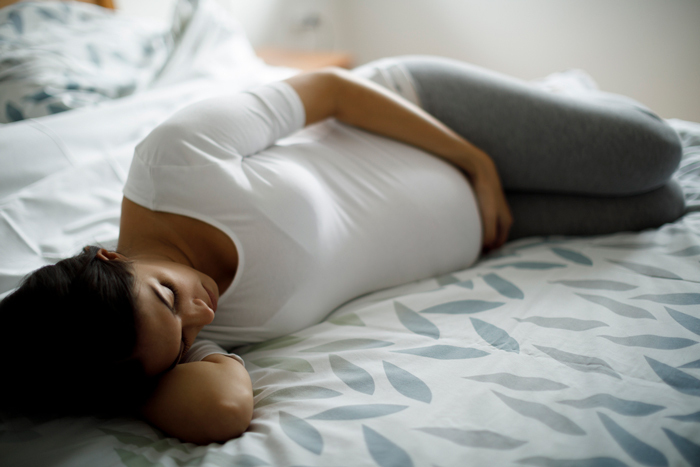
What causes snoring in women?
While the general scientific consensus is that men are much more likely to snore than women, a recent study of nearly 2000 people found that women snore just as frequently, and as loudly, as men, but that they tend to underreport their own snoring habits. Regardless of which gender snores the most, there is evidence to show that women are more likely to snore during pregnancy and menopause, while pre-menopausal women with polycystic ovarian syndrome are also more prone to snoring.
Pregnancy
Pregnant women are more likely to snore than non-pregnant women. There are a number of reasons for this including:
- Hormonal changes: The hormonal fluctuations in pregnancy can increase fluid buildup in the nasal passages and cause congestion, leading to reduced airflow.
- Increased blood volume: During pregnancy, blood volume can increase by as much as 45%. The increased blood flow in the nasal passages and enlargement of the veins in the nose can increase congestion and make it more difficult to breathe through your nose.
- Weight gain: As mentioned above, an increase in your weight can also make you more likely to snore.
The good news is, pregnancy-related snoring doesn’t last forever and will usually subside within a few months of giving birth.
Menopause
Studies have shown that menopausal and postmenopausal women are more likely to snore and experience sleep apnoea. This is because progesterone and oestrogen play a role in preventing upper airway collapse during sleep and levels of both these hormones drop during menopause. Some studies have shown hormone replacement therapy (HRT) may help to reduce snoring, but further research is needed.
Polycystic ovary syndrome
Polycystic ovary syndrome (PCOS) is a hormonal disorder that can cause irregular periods, high levels of the hormone androgen and cysts on the ovaries. Women with PCOS are often also insulin resistant and may be more prone to obesity. PCOS sufferers are much more likely to have sleep apnoea, possibly due to insulin resistance.
What causes snoring in men?
It’s generally accepted that men are more likely to snore than women (although some new research, such as the study mentioned above, is starting to cast doubt on this). The main reasons for the difference in snoring between men and women are believed to be physiological, though lifestyle factors also play an important role.
Airway anatomy
When the tongue relaxes during sleep, it can fall into the space behind the tongue called the oropharynx, obstructing the airway and causing snoring. This space is larger in men, which may increase the likelihood of snoring.
Fat distribution
Not only are men more likely to be obese than women (which is a risk factor for snoring), the way their body fat is generally distributed also increases their snoring risk. While women are more likely to store fat below the waist, men are more likely to store fat in the upper torso and neck which can restrict the airways, especially when lying down.
Lifestyle factors
Australian men are more likely than women to be daily smokers and more likely to drink excessively, both of which can increase the risk of snoring.
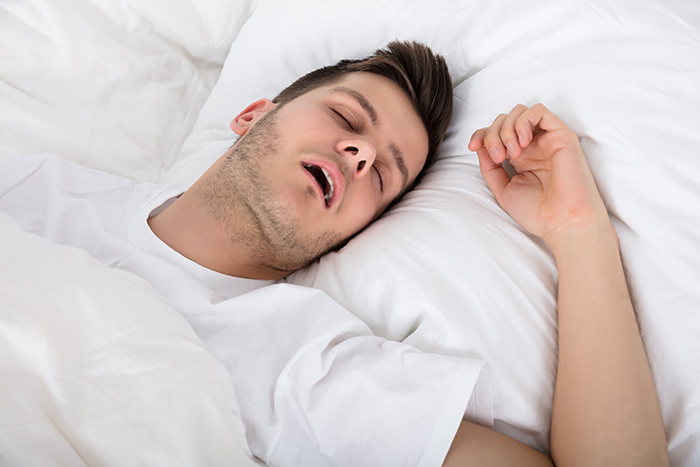
Snoring vs sleep apnoea
Many regular snorers, especially heavy snorers, also have sleep apnoea. If you have sleep apnoea this means your breathing stops and restarts multiple times during your sleep, which can mean your brain is not getting enough oxygen overnight.
Sleep apnoea can cause high blood pressure, diabetes, heart attack and stroke. Poor sleep due to sleep apnoea can also lead to daytime drowsiness, which can impair daily functioning and increase the risk of accidents. If you are diagnosed with sleep apnoea your GP may refer you to a sleep physician, or perhaps an otolaryngologist or ear, nose and throat (ENT) specialist.
Snoring that is not caused by sleep apnoea is called primary snoring and is generally not considered especially harmful to health, although it can disrupt the sleep of those around you.
Snoring treatments
Because there are many different reasons for snoring, there is no one-size-fits-all solution. The right treatment for you will depend on the cause of your snoring. You should start by talking to your doctor. They can do a physical examination or give you a referral for a sleep study to help determine the most likely cause.
Here are some of the snoring treatments available.
Lifestyle changes
Certain lifestyle changes can help with snoring, and are worth trying as a first line of treatment.
If you snore because you’re overweight, your doctor may suggest a new eating and exercise plan. Even moderate weight loss has been shown to reduce or stop snoring, especially if it’s caused by sleep apnoea.
You might also be advised to:
- avoid sleeping pills, tranquillisers and muscle relaxants
- try alternatives to medication for anxiety and sleep problems, such as cognitive behavioural therapy
- avoid alcohol for at least four hours before going to bed
- give up smoking.
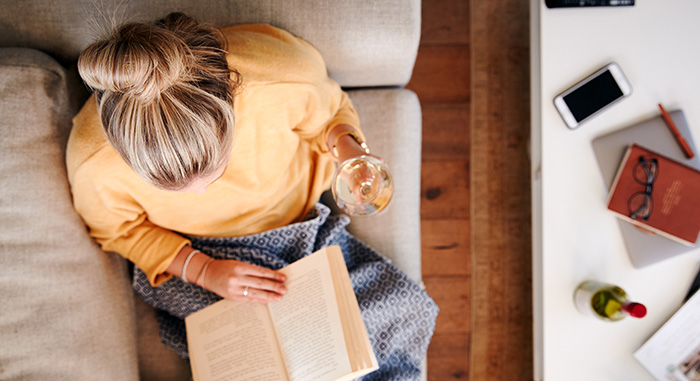
Positional therapy
Many snorers snore only when they sleep on their backs. In this position the tongue and throat muscles relax, and slump backwards, causing a partial blockage of the airway. If this is you, sleeping on your side may reduce the problem.
Positional therapy involves techniques designed to make you change position to one where you don’t snore, usually on your side.
Anti-snoring pillows
Various anti-snoring pillows claim to prevent snoring by holding your head in a certain position – perhaps to encourage you to sleep on your side, or to ‘correct head and spine alignment’.
Unfortunately, given that they’re such a simple solution, experts doubt a pillow could hold a person in one position for the whole night, particularly if they’re prone to tossing and turning.
Vibrating devices
More sophisticated positional therapy devices use vibrations to gently encourage the wearer to change positions without disrupting their sleep.
Sleep Health Foundation spokesperson associate professor Darren Mansfield says such devices are recommended by more and more sleep physicians thanks to their efficacy and relatively low cost compared with other treatment options, although he notes that compliance can be variable.
Night Shift
One of the most commonly prescribed positional therapy devices is the Night Shift Sleep Positioner. This is an electronic device worn around the neck that vibrates when the wearer sleeps on their back, training them over time to sleep on their side. They cost about $480, or you can rent one if you’d like to try it out first.
DIY solution
If you don’t want to shell out almost $500 on a sleep positioner, you can try the much cheaper tennis ball technique (yep, that’s its official name), which involves placing a tennis ball into a pocket sewn onto the back of your pyjama top, making it uncomfortable to sleep on your back.
Oral devices
A mandibular advancement splint (MAS). is an oral device that forces the lower jaw forward, increasing the air cavity at the back of the throat. They’re very effective and are recommended as the go-to treatment for primary snoring and are also a good option for people with apnoea who can’t tolerate a CPAP machine (see below). However some people do report that they are uncomfortable to wear.
The best MAS devices are those customised to the individual by a dentist specialising in sleep medicine – DIY models bought from the chemist are a lot cheaper, but not as effective.
Getting a MAS fitted
To have a MAS fitted, you’ll need to see a dentist specialising in oral sleep medicine. You’ll probably need to have a sleep test to determine if a MAS is the right treatment option for you, which will require a referral from your GP or a specialist (such as an ENT physician).
You may need to go to the dentist a few times in the first few months for adjustments. Other potential negatives include dry mouth, irritation, dental discomfort and pain around the joint of the jaw.
A specialist we spoke to told us the devices cost anything from $1500 to $3000, depending on their construction and design, including the visits required in the first few months. You may get about half of this back on private health insurance.
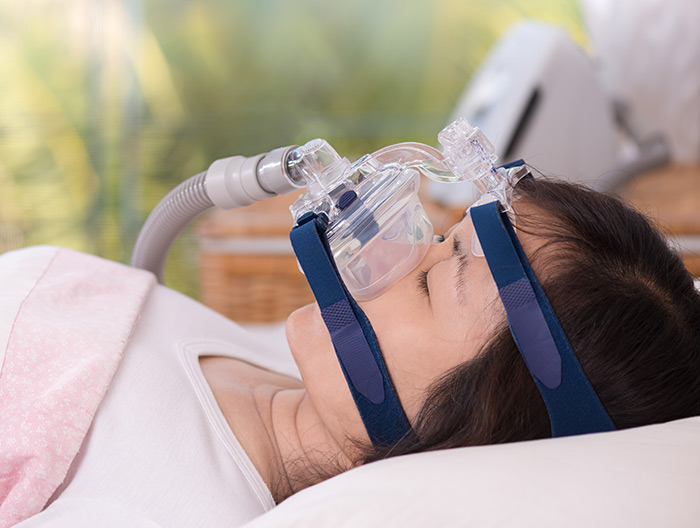
CPAP machines
The most effective treatment for sleep apnoea is the CPAP machine and studies have shown it’s also an effective treatment for primary snoring. By forcing air into the airways through a nasal mask, it prevents tissue in the throat from collapsing and cutting off the air – and therefore oxygen – supply. And in keeping airways open, it also prevents snoring. The air pressure on a CPAP machine is set manually, usually by a sleep physician.
Daunting to some
The prospect of using a CPAP machine, especially if it’s only for snoring rather than sleep apnoea, can be daunting – the notion of wearing a mask all night can put some people off, and people feel embarrassed about all the equipment or concerned about the effects on their bed partner. Once people have started using it, problems may include a dry mouth and/or nasal passages (though you can get a humidifier) and air leakage (you may need a different mask).
But these machines do work. They’re not cheap – on average, CPAP machines cost about $1500. But you can rent one for a few weeks to see if it makes a difference and to decide whether it’s something you could get used to.
Talk to your doctor about whether it could be right for you.
Nasal devices
Nasal devices, also known as EPAP devices, work by creating pressure when exhaling which keeps the airways open until you next inhale. This helps the user to breathe more freely through their nose rather than their mouth, meaning they may help the small number of people whose snoring is caused by certain types of nasal obstruction.
Clinical trials have found EPAP devices effective, although they are notably less effective than CPAP machines for snorers with sleep apnoea. The experts we spoke to also pointed out that not many people choose to use them every night because they’re somewhat intrusive. That said, they can be useful, perhaps even a practical substitute for a CPAP machine, when you’re travelling or camping.
You can buy a reusable EPAP device for around $250, or disposable, single-use nasal strips for around $1 per strip.
Mouth tapes and chin straps
People who sleep with their mouths open are more likely to snore because an open mouth narrows the airway and the walls of your throat at the back of the mouth vibrate more easily than the walls at the back of your nose.
If you snore only when you breathe through your mouth, you can try one of the various mouth tape products that seal your mouth closed while you sleep. Mansfield says this can definitely help with snoring, and although specialised products may be more comfortable, regular tape can also do the job (and costs a lot less).
Chin straps are another product that aims to improve snoring by preventing mouth breathing, but studies have found conflicting evidence about how effective they are at treating sleep apnoea and snoring.
Muscle toning
Snoring happens when the muscles of the upper airway relax, obstructing the flow of air through the mouth or nose. Myofunctional therapy (throat and tongue exercises) tones these muscles and has been shown in some studies to improve both sleep apnoea and snoring.
Muscle toning treatments are likely to work best when the cause of snoring is unknown, rather than when there is an obvious anatomical cause (such as excess tissue due to obesity or enlarged tonsils).
Muscle toning treatments are likely to work best when the cause of snoring is unknown
While myofunctional therapy is generally delivered by a speech pathologist, the Soundly Reduce Snoring app aims to deliver the therapy remotely, by coaching users through myofunctional therapy exercises using a game format. The app is currently free and data collected is used as part of a research study to evaluate the efficacy of myofunctional therapy in reducing snoring and sleep apnoea.
While these exercises have the potential to relieve snoring, the Australasian Sleep Association recommends myofunctional therapy should only be delivered by an experienced speech pathologist, also noting that it requires a lot of effort on the patient’s behalf to deliver a small improvement in snoring.
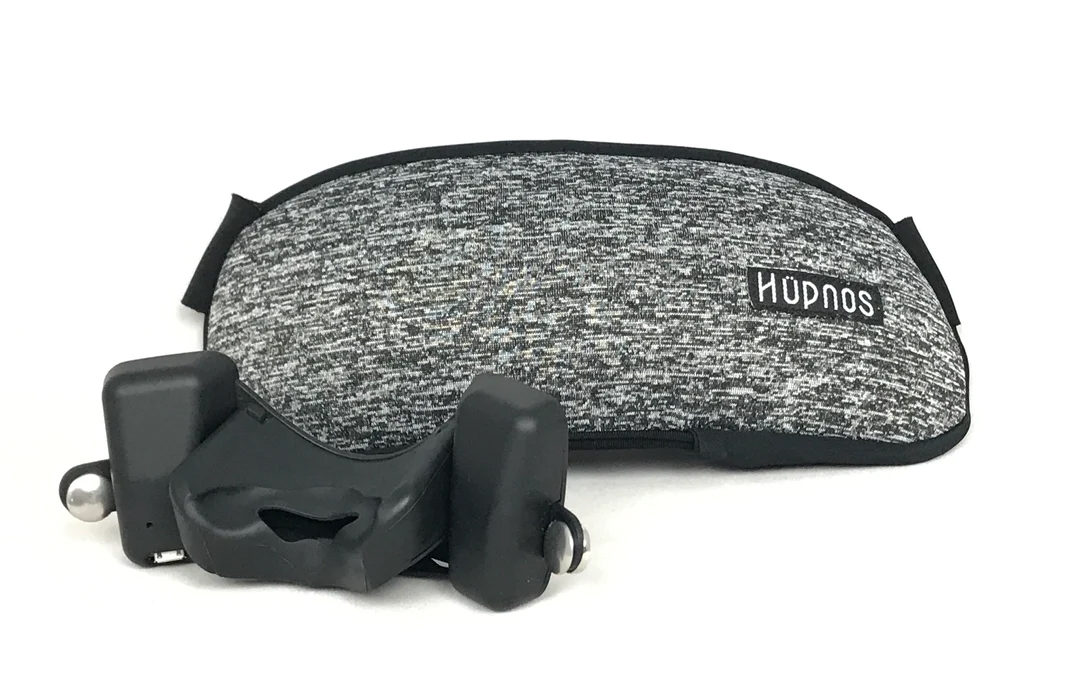
New gadgets
The latest anti-snoring gadgets harness a range of technologies such as AI, throat sensors and microphones. Some of the most popular new gadgets include:
Hupnos eye mask
The Hupnos is a ‘smart’ eye mask that combines an EPAP device with positional therapy.
The mask (which costs $US99 plus shipping) uses an AI-powered app that detects when the wearer is snoring. It uses vibration to first encourage the wearer to change positions. If the snoring continues, the mask increases the pressure in the EPAP device attached to the nostrils.
Mansfield says that although he’s not familiar with the Hupnos, the combination of positional therapy and EPAP could work well.
“Both therapies can be effective on their own, so combining them is a clever idea” he says.
The Smart Nora
The gentler equivalent of a jab in the ribs from your bedfellow, this $379 ‘smart’ product is a positional therapy device that consists of a padded pillow insert and a microphone that can detect the sound of snoring. When snoring starts, the padded pillow insert starts to inflate, causing the user’s head to shift positions and (hopefully) stopping the snoring before it can wake your partner.
Zeus sleep
This is a small electrical device that attaches to the underside of your chin while you sleep. The Zeus has sensors which detect the vibrations in your throat before you start snoring, which prompt it to deliver mild electrical impulses. The idea is that this contracts the muscles in the throat which causes your airways to open, preventing snoring without waking you up. The device ships from the UK and costs £150, plus shipping.
Surgery
There are several procedures that tighten the palate by causing tissue scarring and shrinkage, making it firm and less prone to vibration.
Such procedures include some types of laser treatment (with a ‘non-ablative’ laser, which doesn’t remove or cut tissue), radio frequency treatment and ‘snoreplasty’ – injections of hardening (sclerosing) agents into the palate.
Another palate-tightening treatment is an implant system, where small plastic rods are inserted in the palate, causing it to become firm and reduce vibration.
Is snoring surgery worth it?
These treatments are considered less invasive than other surgical procedures, because they can be done under local anaesthetic, don’t involve cutting and stitching, don’t require much (if any) recovery time, and cause little pain afterwards.
But they may still cost thousands of dollars – without providing a long-term solution, meaning you may need to go back for more. Laser treatment in particular is falling out of favour because of its lower efficacy. There’s also some concern that scarring could make other treatments, such as CPAP, more difficult if needed in the future.
These treatments are considered less invasive … but they may still cost thousands of dollars – without providing a long-term solution
More invasive surgical procedures can help with snoring in particular cases – for example, if you aren’t overweight but have a large palate, a nasal blockage, enlarged tonsils, or an enlarged tongue that’s causing obstruction.
Children who snore
For kids, snoring and nighttime breathing difficulties may be linked to learning difficulties, aggressive behaviour and hyperactivity.
Parents should look out for symptoms including:
- making noises such as snoring or gasping
- restlessness in bed
- grinding their teeth
- talking in their sleep
- sweating
- bedwetting
- sleepiness or irritability in the morning.
Dr Mark Levi, a dentist and paediatric craniofacial dental sleep medicine practitioner, says that although many of these behaviours are common, you should still pay attention to them.
“These issues are becoming increasingly prevalent in children, but that doesn’t mean they should be ignored,” he says.
If your child is showing these symptoms, your GP can refer them to an ENT specialist, who will check for evidence of crowding in the airway. Your child can also be referred for a sleep study for a closer look at what’s happening when they sleep.
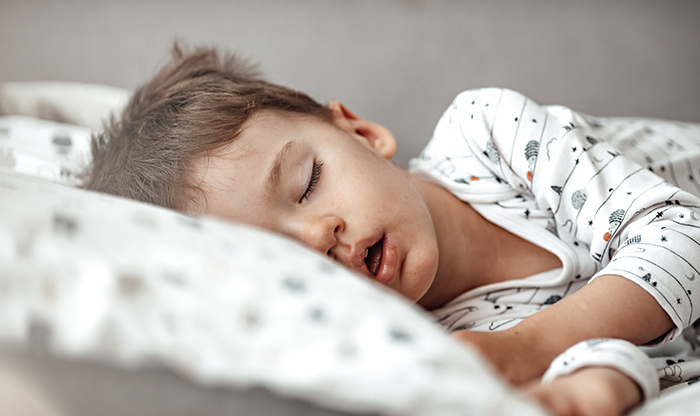
Treatment options for children
Over-the-counter treatments should not be used on children, as their effectiveness and safety for children haven’t been confirmed and some products may interfere with a child’s development.
Treatment options include surgical removal of the adenoids and tonsils (adenotonsillectomy), or your child may need to have an oral appliance fitted to expand the upper and lower jaw, opening up the airways.
Over-the-counter treatments should not be used on children, as their effectiveness and safety for children haven’t been confirmed
Dr Levi, who is trained in fitting these oral appliances, says he often refers dental patients to work too with osteopaths, chiropractors or orofacial myofunctional therapists to get the muscles of the face to work better.
Children who snore
Speak to your GP if your child has these symptoms
- making noises such as snoring or gasping
- restlessness in bed
- grinding their teeth
- talking in their sleep
- sweating
- bedwetting
- sleepiness or irritability in the morning

